user 345769
Well-Known Member
- Joined
- Aug 8, 2024
- Messages
- 83
- Reaction score
- 52

From all the stories, I've read of people getting the feed bags of grain, I don't think I can handle picking out bugs and weed seeds. I have elected to go directly to nutrient a AG company here that I can get a bushel for pennies on the dollar and it's clean I don't have to worry about too many weed seeds or bugs so I can get for free if I'm willing to sort it out rocks and wheat but usually this is only once or twice a year when they're switching bins and whatever is left in the auger. But it's free and it's clean for the most part so I can't complain.Well, the first batch of rye was a bust. Musty smelling and full of junky grain, weed seeds, and bugs. Probably won't kill the chickens.
View attachment 859148
Made a run to the local feed mill and snagged a 56lb bag of seed rye for $20. That looks much better.
View attachment 859147
Also grabbed another 50 sack of wheat for $13, and 100lbs of fresh cracked corn for $14. Godbless the Midwest!
Nice looking dextrin!So I just finished drying my first dextrin malt now just have to run it through the kiln for a wee bit.
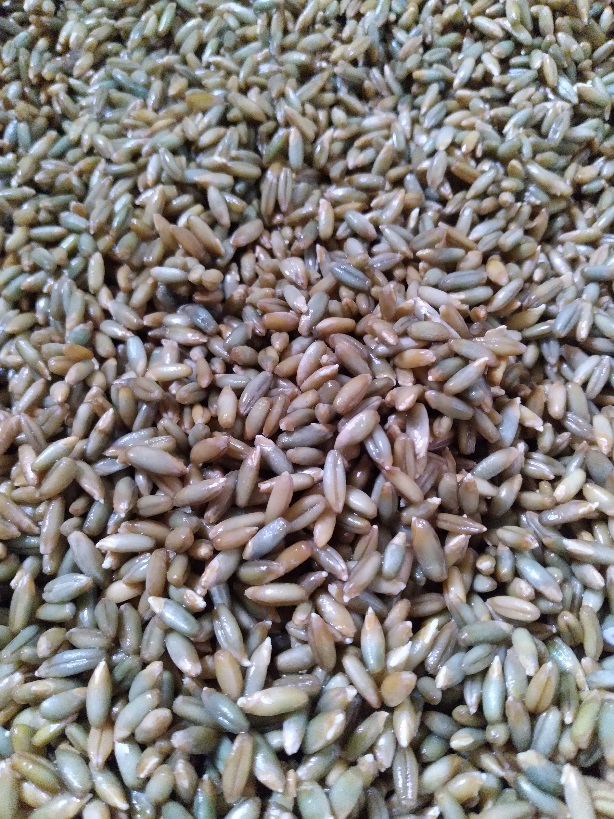
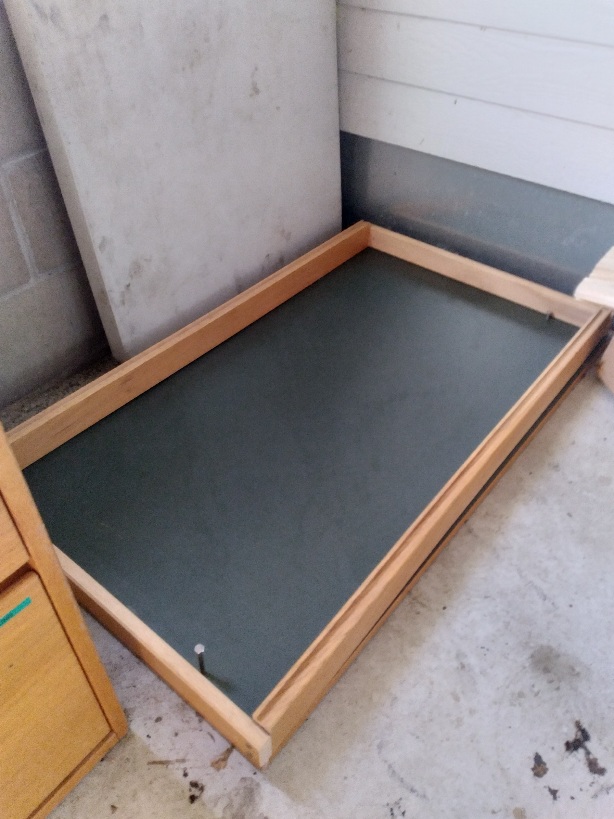
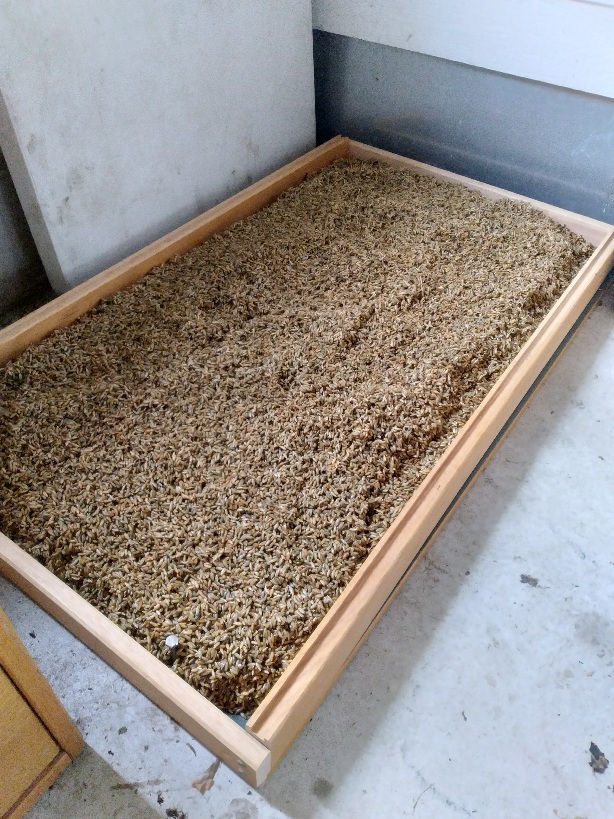
I find grain once rehydrated looks so alienGot nice chits going on the rye after two days soaking.
















I'm always a fan of redundancy when it's feasible. That said, I still haven't built my "Good enough to probably not electrocute someone" boil controller, so I'm not really one to talk!so I am looking at Sensata Crydom i was thinking maybe i also need to put the 2nd heater on it own SSR Output instead of having them come off the 1 ch.
90% of the wires that I'm currently using is a solid copper 10. gauge. is what was leftover that I stuck through my wall for this project. They are shielded. they got the plastic coating on the outside I am planning on replacing most of this wire because a lot of it is pieces that were just either soldered together or crimped together. This ssr has been working a lot better than the first one that I got from Inkbird But I am looking for a better one, I found one here locally a Crydom dual 240v 25a. But I am kind of holding off until I can figure out everything else and make sure my wiring plan is proper. Because if I'm shorting out these SSRS, then it's my bad and not the manufacturer, I'm just waiting on some 12 gauge to clean up my circuit.Are your SSR control wires shielded? I wonder if you had some induced voltage that activated the SSR.
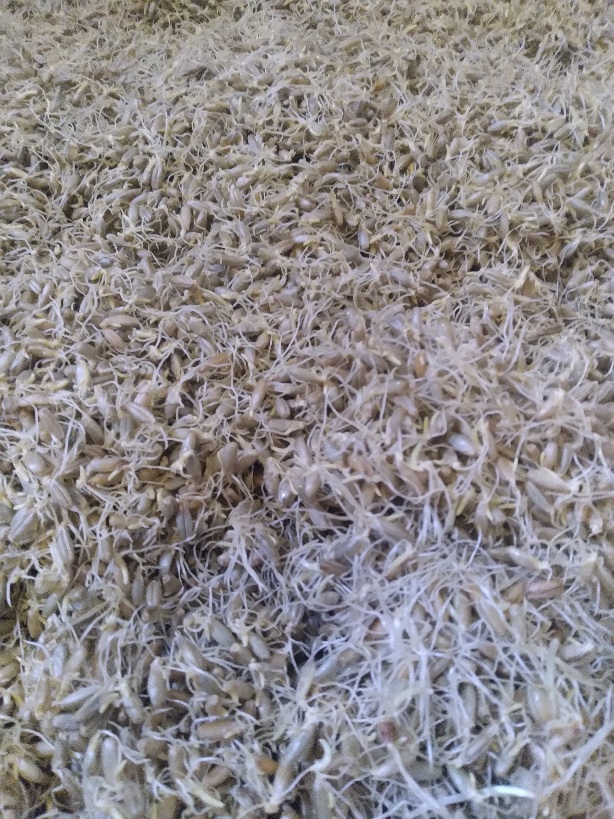
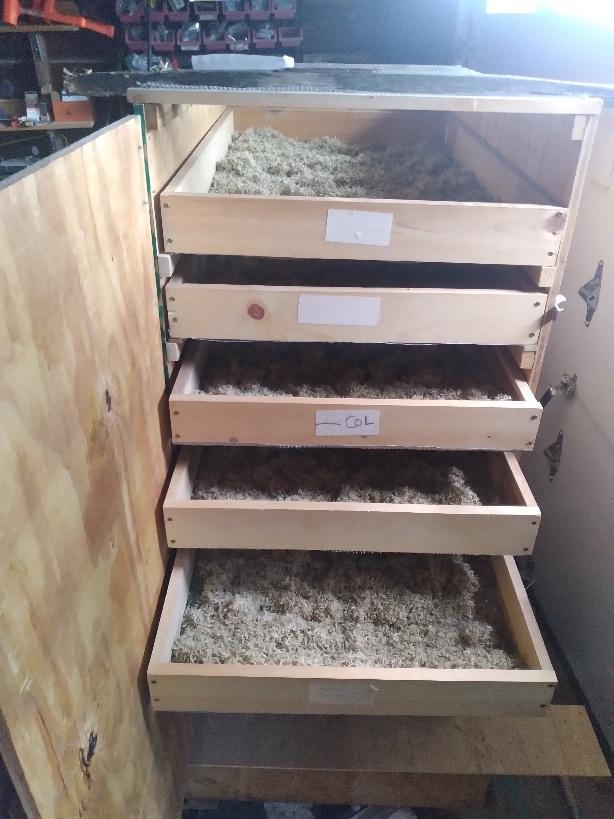
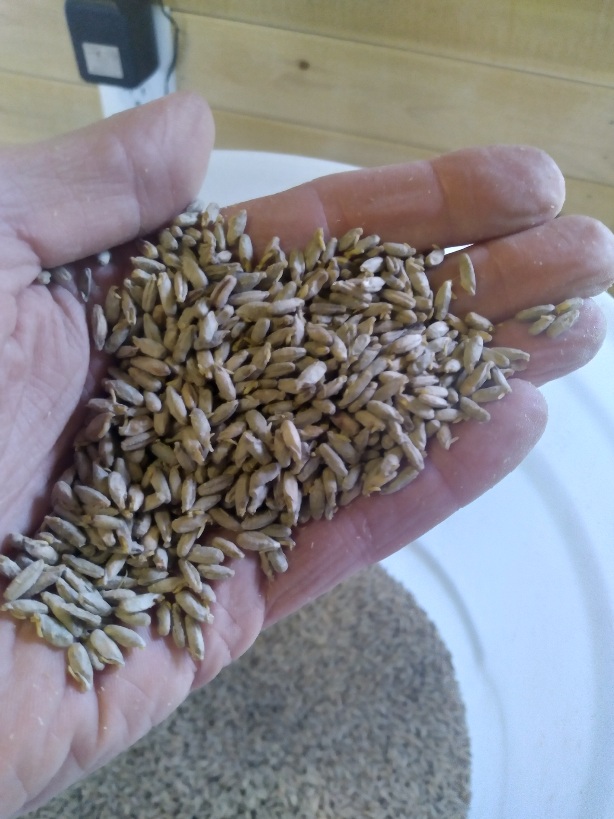
Nice look'n, really nice reminds me of my wheat.A long minute with the paint mixer knocks off all the roots and most of the acrospire. Good enough for rye malt at $0.40/lb.
When should the iodine test be done? I have read “toward the end of the mash,” and “at the end of the boil.” But,The iodine test is to determine if conversion is complete, that the enzymes have broken down the long chain starches into sugars. If the conversion isn't complete, either due to not enough time in the rest or not enough enzymes to do the conversion, you'll know from the test.
If the mash is stuck due to not enough enzymes, you could add some amylase enzyme to get it to fully convert.